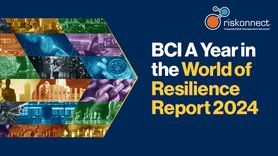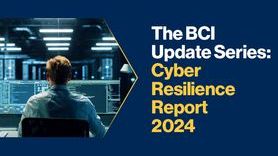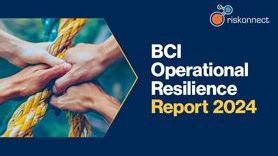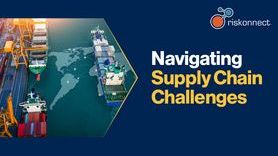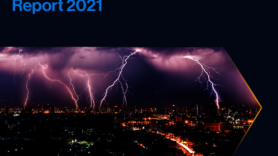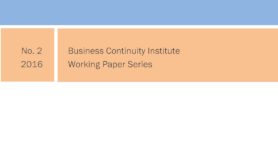U.S. tariffs test global resilience: The importance of horizon scanning in building resilience

The United States' recent imposition and subsequent 90 day pause of goods tariffs on dozens of countries has created significant uncertainty for resilience practitioners, disrupting global stock markets and economic operations.
In response to the recent hike in tariffs, governments have issued retaliatory costs on imported American goods, and some organizations such as Jaguar Land Rover have chosen to entirely halt shipments to the U.S. in order to reassess their strategies.
This unstable trading environment has created multiple challenges for resilience practitioners and heavily impacted global supply chains. Organizations face complications in accurately forecasting costs, assessing risks, and maintaining reliable delivery timelines.
BCI research highlighted potential resilience challenges arising from shifting policies and tariffs in the aftermath of the U.S. election[1], while the Horizon Scan 2024 Report[2] reinforced concerns about escalating geopolitical tensions in 2025 with supply chain at particular risk. Underlining this concern, the Supply Chain Resilience Report 2024[3], identified supply chain failure as one of the top five causes of disruption to organizations over the past 12 months. Comments from respondents included:
“We’re concerned about geopolitical tensions and protectionism and the potential decisions over tariff and non-tariff barriers, increased tariffs, and export controls, especially with China. We’re watching that very closely.”
Director of supply chain risk & resilience, Manufacturing, Europe
“Elections can affect what happens in our supply chain. For example, in the USA or India, a heavy domestic agenda can influence what products we successfully win… we work very closely with a number of different vendors there to ensure that we are meeting those commitments to customers.”
Head of security & resilience, manufacturing, UK
However, despite some awareness of rising geopolitical threats, supply chain disruption was not identified among the top five concerns for 2025, placing only 4th in top concerns for the medium-term (5-10 years).[4] This indicates that some organizations may not have accounted for potential disruptions from new U.S. government strategies.
What practitioners can do
To reduce the risks posed to supply chains by geopolitics, such as sudden policy changes and tariff shifts, organizations can take proactive steps. One key approach is global horizon scanning, which involves regularly monitoring and analysing potential risks that could impact the supply chain. Another important strategy is supply chain diversification at all supplier tier levels. By avoiding over-reliance on regions that are subject to high tariffs or political instability, or may be at risk in the future, organizations can build a reliable supply chain that is resilient to shocks.
In addition, practitioners can ensure that senior management is informed of emerging threats, in order to access resources required to mitigate potential disruptions, and investigate new technology such as AI that supports supply chain mapping to produce a clearer, real-time understanding of potential vulnerabilities.
There is little doubt that further disruptions lie ahead as the new United States government continues to influence global financial markets. The current unstable global trading environment highlights the significant risks of failing to horizon scan, the importance of maintaining a diversified supplier base at all tiers, and establishing contingency plans for supplier failures.





